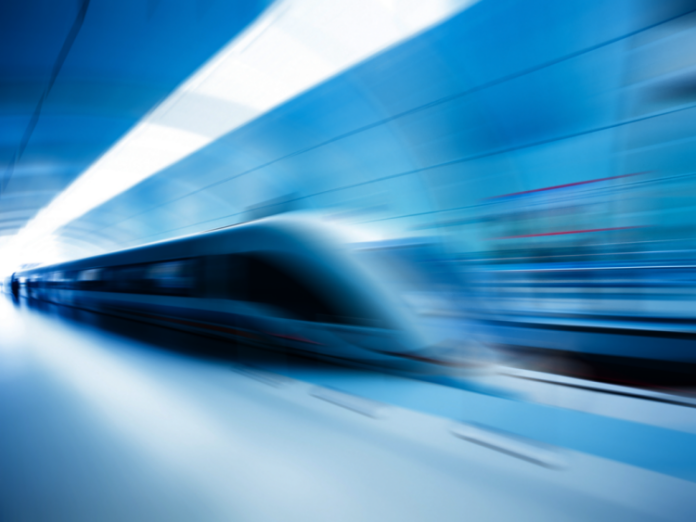Transatlantic passengers on Concorde often referred to the supersonic plane as their “time machine” for its ability to land in New York two hours before it left London.
But that kind of illusion could look like child’s play if so-called vacuum trains ever take off.
These futuristic transporters, designed to hurtle through tunnels that have had all of the air sucked out of them, could theoretically hit speeds of up to 4,000 km/h (2,500 mph), cutting the commute from Europe to North America to just one hour. In this high-speed future, passengers would arrive a full four hours before they set off.
As with all far out technology, it sounds like science fiction. And, in fact, vacuum trains do feature in movies like Star Trek and Logan’s Run. Whilst in the dystopian future of Farenheit 451, Ray Bradbury describes a “silent air-propelled train” that “slid soundlessly down its lubricated flue in the earth”.
But these are far from fiction, as we found out when Future reader Seb Gibbs suggested we look into them here at Hyperdrive. Today, there are teams in the US, China and elsewhere working on the concept, with some predicting their arrival within 10 years. Whilst others believe that they could offer a potentially cheap route to launch rockets into space.
Pump it up
The history of vac-trains, as they are also known, stretches back more than 100 years to American engineer Robert Goddard. Not content with creating and building the world’s first liquid-fueled rocket, Goddard also designed prototypes for rapid transport systems to connect major US cities, including a vacuum-train.
Over the years, different designs have come and gone. However, the principle behind all of them is similar: pump all of the air out of a sealed tunnel and then shoot trains, or some sort of transport capsule, through them. Such ‘evacuated tubes’ could be bored through rock, or laid on or above ground like conventional tracks. Some designs also allow them to cross oceans via large-bore pipes tethered at a fixed depth, although these are still very much theoretical designs.
“The advantage of a vacuum tube is that you can achieve high speeds,” says Ernst G Frankel, Emeritus Professor of mechanical engineering and ocean engineering from the Massachusetts Institute of Technology.
It is able to do this because there is little air resistance to slow the train down. Air resistance “is a large part of the rolling resistance” of a normal train, says Frankel. Trains moving through tunnels push a wall of air ahead of them, which takes energy. They also create an area of lower pressure behind them which acts to almost pull the train back. This air resistance increases dramatically as they pick up speed and friction losses mean that more and more energy has to go into pushing the train forward against that resistance.
But get rid of the air and you get rid of the problem. Experiments conducted by Frankel and his team in the early 90s showed that it worked.
“We built a half mile long tube at the playing fields of MIT, evacuated it, and then shot things through it in order to measure what sort of velocities we could obtain,” says Frankel. “We started with ping pong balls, and then went to mechanical models.”
His team found that creating a near vacuum in the pipe would allow speeds of up to 930 km/h (580mph) – twice as fast as in an air filled tube.
The results were enough for the team to propose a rail system between Boston and New York, using the technology. Their plan was to reduce the journey time from more than four hours to just 40 minutes, at speeds of 300 to 350mph (480 to 560km/h).
“You would have giant pumps keeping a near vacuum in the tube, probably 20 to 30 miles apart (30-40km)” explains Prof Frankel. “The main areas for leaks would be the end stations. The train would pass through a seal as it enters and leaves the tube.”
Source and Read more at:
http://www.bbc.com/future/story/20120601-high-speed-pipedreams
TBU NEWS



